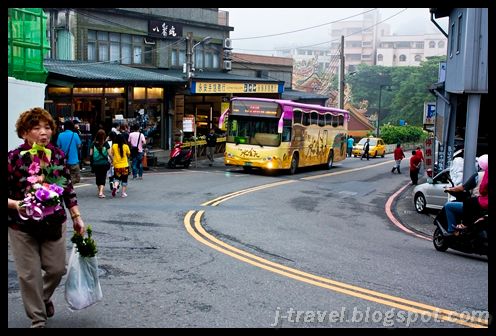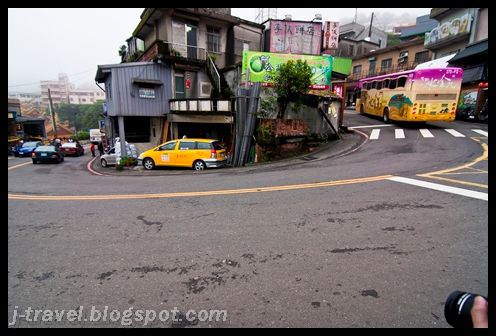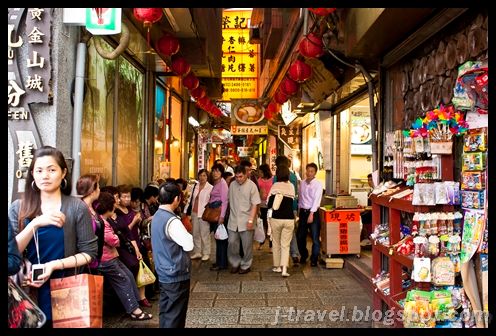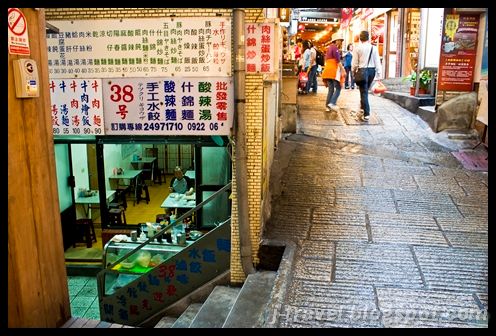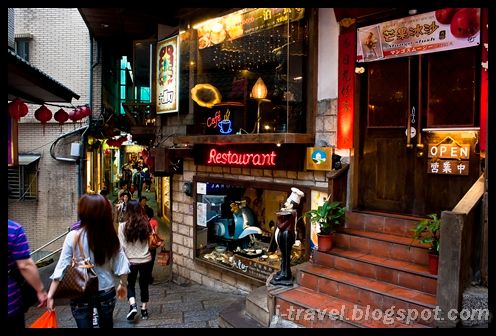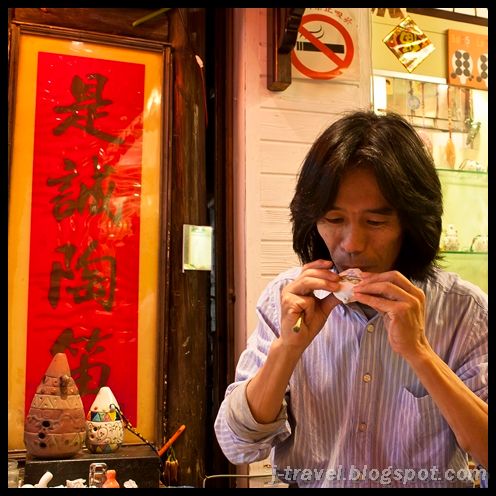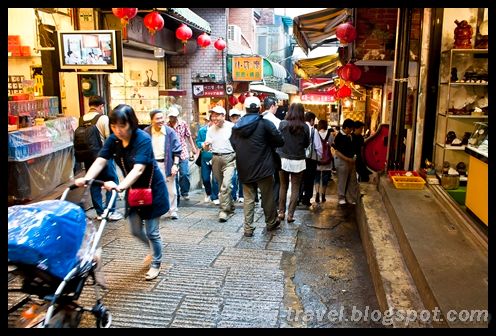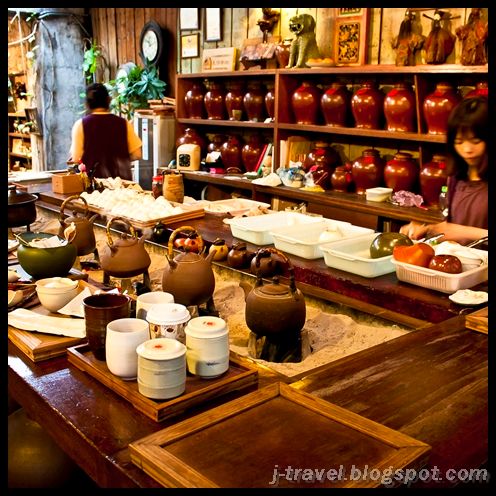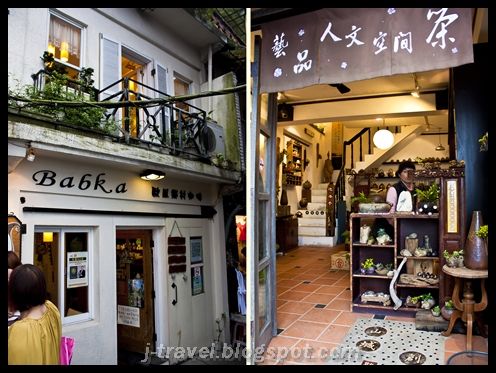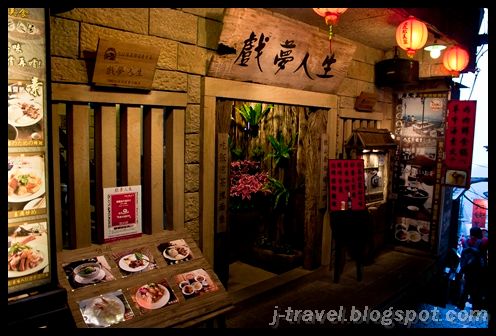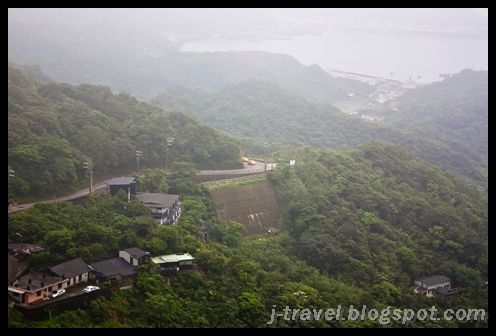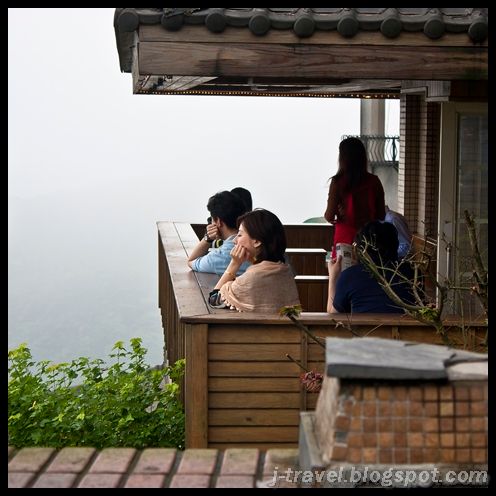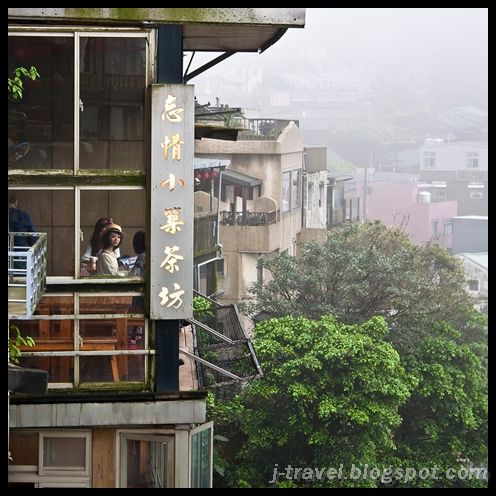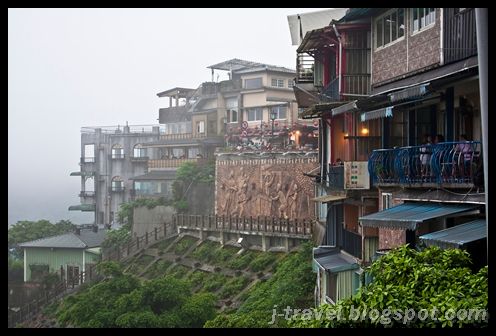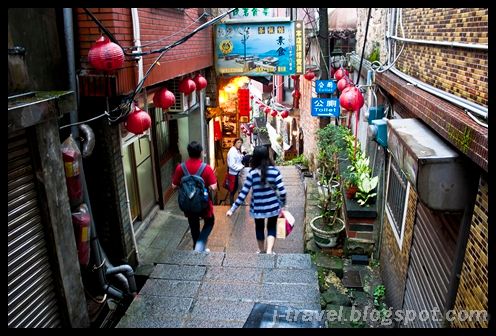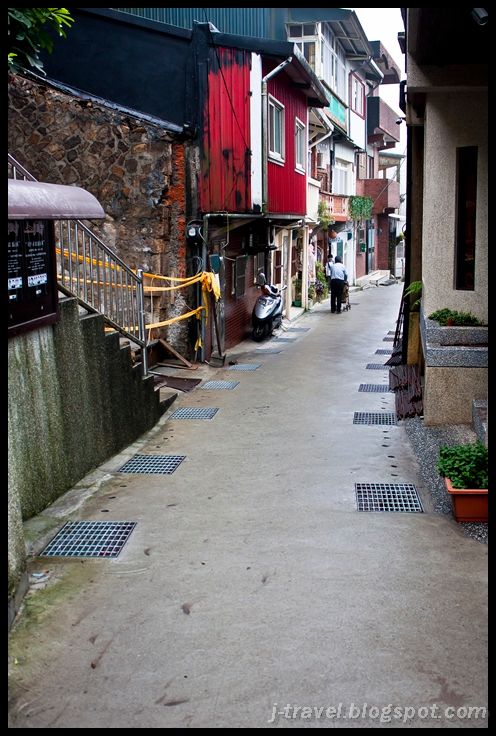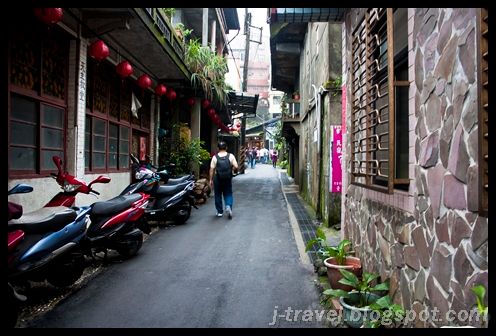Kinwashi Tour Japan Thread
-
-

-

-
So what is Autumn and Winter fruits found in Japan.

Fruits of Japan
Autumn and Winter
Pears
 Japanese pears are known as sand pears, and as you might imagine, their flesh has a rather rough and crispy texture. Interestingly, this type of pear can be eaten immediately after harvesting without waiting for it to ripen. Look for them in season from September to October in fruit shops or greengrocers (around 100 yen each). When speaking of Japanese pears, many people probably think of nijusseiki (meaning 20th century - a new variety introduced at the end of the 19th century and named out of hope for the new century) that are exported overseas and have yellow-green skin. Their flesh is smooth and the refreshing taste with a slight hint of tartness and plenty of fruity juice makes them very popular in Japan. Along with nijusseiki, kosui and hosui with their brownish-red skin are also popular. They are sweeter than nijusseiki and have a wonderfully rich taste.
Japanese pears are known as sand pears, and as you might imagine, their flesh has a rather rough and crispy texture. Interestingly, this type of pear can be eaten immediately after harvesting without waiting for it to ripen. Look for them in season from September to October in fruit shops or greengrocers (around 100 yen each). When speaking of Japanese pears, many people probably think of nijusseiki (meaning 20th century - a new variety introduced at the end of the 19th century and named out of hope for the new century) that are exported overseas and have yellow-green skin. Their flesh is smooth and the refreshing taste with a slight hint of tartness and plenty of fruity juice makes them very popular in Japan. Along with nijusseiki, kosui and hosui with their brownish-red skin are also popular. They are sweeter than nijusseiki and have a wonderfully rich taste.Persimmons
 Persimmons, known as kaki around the world, are a seasonal autumn fruit in Japan. There are both sweet and bitter persimmons. Two typical varieties of sweet persimmons are fuyugaki, which has a meltingly soft flesh and is very sweet and juicy, and jirogaki, which has a firmer flesh with a crispy texture (around 100 yen each). More than half the persimmons that come into season from October to December are fuyugaki and they are often eaten as dessert. With sweet persimmons, you peel the skin with a knife, remove the seeds and cut them into pieces to eat. But you cannot eat bitter persimmons as they are, so you must peel and dry them, either out in the sun or near a fire, to eliminate the bitterness. Through this process, the sugar will also be condensed and the sweetness will be intensified. You can buy these dried persimmons at fruit shops, but various regions around Japan have their own hoshigaki (dried persimmons) using varieties particular to the region, so watch for them in your travels (1 pack of 20 hoshigaki ranges from 2,000 to 3,000 yen).
Persimmons, known as kaki around the world, are a seasonal autumn fruit in Japan. There are both sweet and bitter persimmons. Two typical varieties of sweet persimmons are fuyugaki, which has a meltingly soft flesh and is very sweet and juicy, and jirogaki, which has a firmer flesh with a crispy texture (around 100 yen each). More than half the persimmons that come into season from October to December are fuyugaki and they are often eaten as dessert. With sweet persimmons, you peel the skin with a knife, remove the seeds and cut them into pieces to eat. But you cannot eat bitter persimmons as they are, so you must peel and dry them, either out in the sun or near a fire, to eliminate the bitterness. Through this process, the sugar will also be condensed and the sweetness will be intensified. You can buy these dried persimmons at fruit shops, but various regions around Japan have their own hoshigaki (dried persimmons) using varieties particular to the region, so watch for them in your travels (1 pack of 20 hoshigaki ranges from 2,000 to 3,000 yen).Apples
 Apples start to appear in fruit shops, greengrocers and supermarkets around November (from 100 yen each). Yellow or green apples are popular in Europe, but red apples are preferred in Japan. Fuji, which accounts for nearly half the total apple production in Japan, has a beautiful bright red skin. It is sweet and juicy, with firm, crisp-textured flesh that sometimes contains mitsu (syrup). Apples known as sun-fuji, which do not have such brightly colored skin, are also common. Their appearance is not quite as nice as fuji apples, but they are grown in plenty of sunshine, so they are even sweeter and more flavorful. The most popular yellow-green apple among the Japanese is orin. Its robust flavor combines a slight sourness with a strong sweetness. Peel the apple, remove the core and cut it into 6-8 canoe-shaped pieces to eat. Or simply wash it and bite into it without peeling to taste the genuine deliciousness of an apple.
Apples start to appear in fruit shops, greengrocers and supermarkets around November (from 100 yen each). Yellow or green apples are popular in Europe, but red apples are preferred in Japan. Fuji, which accounts for nearly half the total apple production in Japan, has a beautiful bright red skin. It is sweet and juicy, with firm, crisp-textured flesh that sometimes contains mitsu (syrup). Apples known as sun-fuji, which do not have such brightly colored skin, are also common. Their appearance is not quite as nice as fuji apples, but they are grown in plenty of sunshine, so they are even sweeter and more flavorful. The most popular yellow-green apple among the Japanese is orin. Its robust flavor combines a slight sourness with a strong sweetness. Peel the apple, remove the core and cut it into 6-8 canoe-shaped pieces to eat. Or simply wash it and bite into it without peeling to taste the genuine deliciousness of an apple.Mandarin oranges
 You can easily peel a Japanese mandarin orange with your fingers and then eat it. Moreover, they rarely have seeds. You can eat them anywhere, so if you see them at greengrocers or supermarkets, you should definitely try one. Unshu-mikan, which come into season from fall to winter (at the beginning of fall, they have a green skin, which gradually turns orange), are sold in plastic bags of 8-10 (around 400-600 yen). Unshu-mikan is the most popular variety of mandarin in Japan and has soft, juicy flesh. Eating unshu-mikan while sitting at a kotatsu (small table with a heater underneath and covered by a quilt) and watching TV is what typifies the Japanese New Year. House-mikan produced under a controlled growing environment can be found on the market almost all year round. There are also many other kinds of Japanese mandarins including iyokan, a hybrid of orange and mandarin; ponkan, with its characteristic rough skin and strong flavor; and amanatsu, in season from March to May.
You can easily peel a Japanese mandarin orange with your fingers and then eat it. Moreover, they rarely have seeds. You can eat them anywhere, so if you see them at greengrocers or supermarkets, you should definitely try one. Unshu-mikan, which come into season from fall to winter (at the beginning of fall, they have a green skin, which gradually turns orange), are sold in plastic bags of 8-10 (around 400-600 yen). Unshu-mikan is the most popular variety of mandarin in Japan and has soft, juicy flesh. Eating unshu-mikan while sitting at a kotatsu (small table with a heater underneath and covered by a quilt) and watching TV is what typifies the Japanese New Year. House-mikan produced under a controlled growing environment can be found on the market almost all year round. There are also many other kinds of Japanese mandarins including iyokan, a hybrid of orange and mandarin; ponkan, with its characteristic rough skin and strong flavor; and amanatsu, in season from March to May. -
Fruits of Japan
Spring and Winter
Strawberries
 Japan currently has the largest production and consumption of dessert strawberries in the world. Their color and shape are truly outstanding and they are available almost anytime throughout the year, although the best season is from January to March. You can buy them at fruit shops, greengrocers or supermarkets (a container of more than 10 costs around 500 yen). Strawberry farms throughout Japan offer strawberry picking during this season, and it is wonderful to taste them right off the vine. (For an admission fee of around 1,500 yen per adult, you can eat as many as you like within a limited time.) Recommended brands are Nyoho and Toyonaka. Both have a fine balance of sweetness and tartness, and the flavor spreading inside your mouth as you bite into the fruit is marvelous. They are sometimes eaten with sugar, milk or yogurt, but these days, most strawberries are sweet enough to just wash and eat.
Japan currently has the largest production and consumption of dessert strawberries in the world. Their color and shape are truly outstanding and they are available almost anytime throughout the year, although the best season is from January to March. You can buy them at fruit shops, greengrocers or supermarkets (a container of more than 10 costs around 500 yen). Strawberry farms throughout Japan offer strawberry picking during this season, and it is wonderful to taste them right off the vine. (For an admission fee of around 1,500 yen per adult, you can eat as many as you like within a limited time.) Recommended brands are Nyoho and Toyonaka. Both have a fine balance of sweetness and tartness, and the flavor spreading inside your mouth as you bite into the fruit is marvelous. They are sometimes eaten with sugar, milk or yogurt, but these days, most strawberries are sweet enough to just wash and eat.Melons
 In Japan, the melon has an image of being an expensive fruit and is often given as a gift when visiting someone in the hospital. Musk melons are carefully grown in well-controlled greenhouses and some sell for more than 10,000 yen each. As its name suggests, this melon has a musk-like flavor and is grown only in Japan. Musk melons sold at fruit shops have a seal attached indicating the best date to taste. If you don't want to buy a whole melon but would like to try the taste, look for cakes using musk melons for sale at pastry shops. There are more inexpensive melons such as the andesu melon (under 1,000 yen) that has a white mesh pattern on the skin just like the musk melon and the prince melon (around 500 yen) that has a pale green skin surface with no mesh pattern and orange-colored flesh. All of these melons have a very rich flavor. The melon season is from June to July, but you can find musk melons at all times of the year.
In Japan, the melon has an image of being an expensive fruit and is often given as a gift when visiting someone in the hospital. Musk melons are carefully grown in well-controlled greenhouses and some sell for more than 10,000 yen each. As its name suggests, this melon has a musk-like flavor and is grown only in Japan. Musk melons sold at fruit shops have a seal attached indicating the best date to taste. If you don't want to buy a whole melon but would like to try the taste, look for cakes using musk melons for sale at pastry shops. There are more inexpensive melons such as the andesu melon (under 1,000 yen) that has a white mesh pattern on the skin just like the musk melon and the prince melon (around 500 yen) that has a pale green skin surface with no mesh pattern and orange-colored flesh. All of these melons have a very rich flavor. The melon season is from June to July, but you can find musk melons at all times of the year.Cherries
 Cherries are very popular as an early summer fruit. You can see packs at fruit shops and supermarkets from May to July from around 500 yen per pack. The purplish red American cherry produced in the US is popular in Japan, but sato-nishiki, with its bright red skin, is also very popular. This is a juicy cherry with plenty of nectar and a good balance of sweetness and tartness. Being a large, high-grade cherry however, a carton of 80 sometimes costs more than 10,000 yen. Therefore, it is also known as "red jewelry." Cherries are tastiest when eaten raw; freshness is the key, so eat them as soon as possible. Shops will try to sell their cherries by the end of the day, often reducing the price just before closing time, so if you want to enjoy a bargain, try shopping around that time.
Cherries are very popular as an early summer fruit. You can see packs at fruit shops and supermarkets from May to July from around 500 yen per pack. The purplish red American cherry produced in the US is popular in Japan, but sato-nishiki, with its bright red skin, is also very popular. This is a juicy cherry with plenty of nectar and a good balance of sweetness and tartness. Being a large, high-grade cherry however, a carton of 80 sometimes costs more than 10,000 yen. Therefore, it is also known as "red jewelry." Cherries are tastiest when eaten raw; freshness is the key, so eat them as soon as possible. Shops will try to sell their cherries by the end of the day, often reducing the price just before closing time, so if you want to enjoy a bargain, try shopping around that time.Peaches
 In Japan, canned yellow peaches in syrup are popular and are often used in cakes. However, peaches for processing are usually imported from overseas, so if you would like to taste native Japanese peaches, you must get them from fruit shops, greengrocers or supermarkets in season from June to September (around 200 yen each). Hakuto is considered the best variety of peach, and with its juicy white flesh and strong sweetness, it is meltingly delicious. Hakuho also has white flesh and is very sweet, with just a hint of tartness. It is renowned for the beautiful color of its skin. The skin of a fully ripe peach can be peeled off easily with your fingers, but if this is difficult, just place it in lukewarm water before peeling.
In Japan, canned yellow peaches in syrup are popular and are often used in cakes. However, peaches for processing are usually imported from overseas, so if you would like to taste native Japanese peaches, you must get them from fruit shops, greengrocers or supermarkets in season from June to September (around 200 yen each). Hakuto is considered the best variety of peach, and with its juicy white flesh and strong sweetness, it is meltingly delicious. Hakuho also has white flesh and is very sweet, with just a hint of tartness. It is renowned for the beautiful color of its skin. The skin of a fully ripe peach can be peeled off easily with your fingers, but if this is difficult, just place it in lukewarm water before peeling.Watermelons
 The watermelon, in season from June to August, is a typical summer fruit in Japan. Suika-wari (a watermelon splitting game) on the beach is part of the summer fun in Japan. A blindfolded person tries to split a watermelon with blows from a wooden stick while others yell out instructions about where to strike. Watermelons in Japan can be round, rugby ball-shaped, with or without stripes, and with red, yellow or orange flesh. Fruit shops and greengrocers sell whole watermelons (1,000-2,000 yen each), but in supermarkets they are usually cut into quarters (a quarter is around 500 yen), which is recommended if you just want a taste. Watermelons with really black seeds and just a small space around them are the tastiest. If you want to buy a whole one, tap it with your hand lightly, and when you hear a dry clear sound, it is a good watermelon. Sprinkling the fruit with a little salt brings out the sweetness.
The watermelon, in season from June to August, is a typical summer fruit in Japan. Suika-wari (a watermelon splitting game) on the beach is part of the summer fun in Japan. A blindfolded person tries to split a watermelon with blows from a wooden stick while others yell out instructions about where to strike. Watermelons in Japan can be round, rugby ball-shaped, with or without stripes, and with red, yellow or orange flesh. Fruit shops and greengrocers sell whole watermelons (1,000-2,000 yen each), but in supermarkets they are usually cut into quarters (a quarter is around 500 yen), which is recommended if you just want a taste. Watermelons with really black seeds and just a small space around them are the tastiest. If you want to buy a whole one, tap it with your hand lightly, and when you hear a dry clear sound, it is a good watermelon. Sprinkling the fruit with a little salt brings out the sweetness. -
-

-


-
Back to Taiwan.
Still many interesting things to explore.
That we will continue, from here.
Like this do you know what is this.
A big block of what?
with carpentry tools (wood shaver).
To go along.
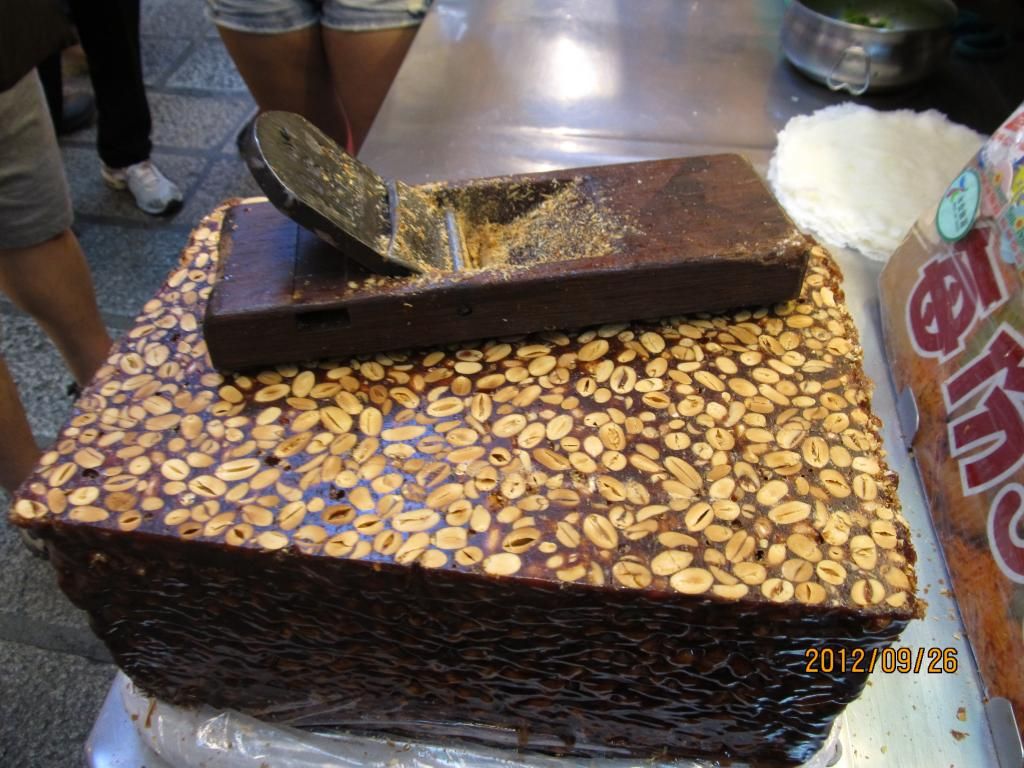
-
Using both hands and the wood shaver tool.
What is all about?
From Taiwan.

-
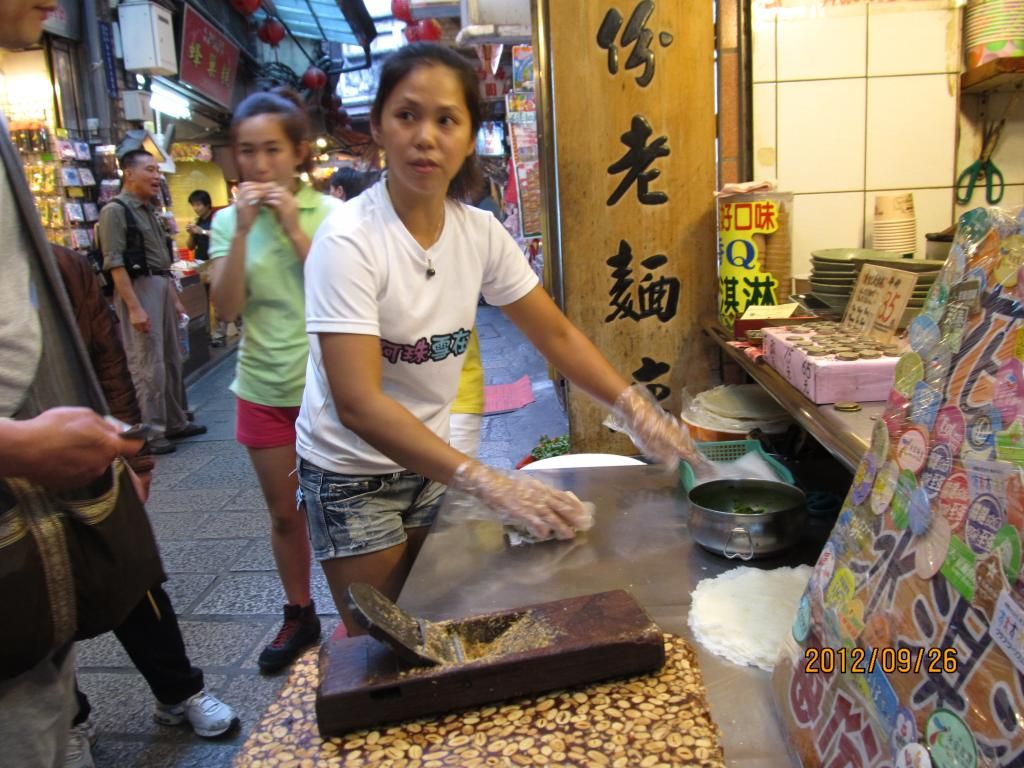
-
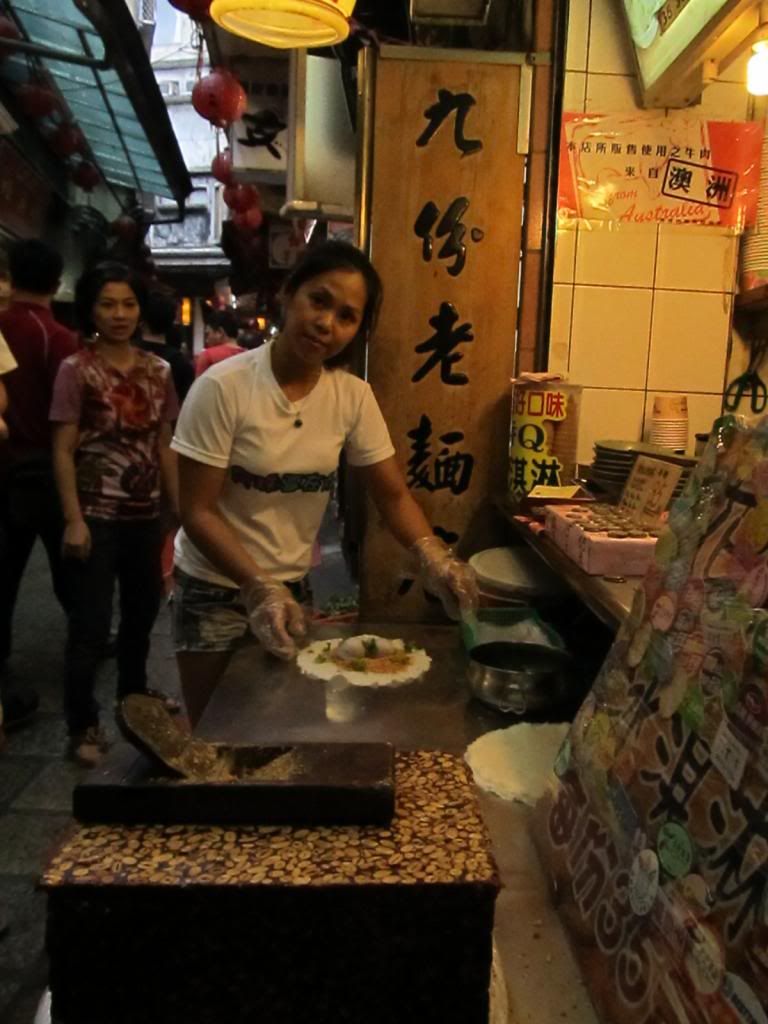
-

-

-
Jiufen (Jioufen)


It is said that long time ago there were only nine families in Jiufen (Jioufen). Before the roads on land were built, all materials were transported via ships. Thus a habit was formed that nine pieces of same object were purchased at one time for reservation. Hence, the place was called Jiufen (Jioufen).
Jiufen (Jioufen) used to be the center of gold mining. It is located within the hills in northeast of Taiwan. The village is next to the mountain and facing the sea. In 1890, someone struck gold near Jiufen (Jioufen). The poor village with only nine families soon attracted prospectors of 4,000 families. The village once was gold city of Asia and called little Shanghai or little Hong Kong. However, with the decline of gold mining activities, Jiufen (Jioufen) fades. Later, several movies chose to shoot here and the movies won international acknowledgement. For example, the film the Sad City has won first prize in Venice Film Festival and awakened people's memory of Jiufen (Jioufen). It seems that the prosperous old streets, buildings, mines and the glamorous gold digging days are flashing before our eyes. The place is whispering its golden past. Now, there are many unique teahouses in Jiufen (Jioufen). These teahouses are best stops during visit to this mountain village. Also, there is the beautiful ocean view of Keelung outer sea.
The most prosperous shopping district is Jiufen (Jioufen) Old Street. It goes through most of the village. There are many visitors on the street. Along the street there are shops vending the most famous country snack of Jiufen (Jioufen), yam dish and various local dishes. There are some historical items well reserved. The trip to Jiufen (Jioufen) is full of fun and delights. Jiufen (Jioufen) has many accommodation places provided by local residents. If you were not in a hurry, you may want to pick a nice inn and stay for the starlight and fishing lights at night.
-
What kind of Balls you never see here,
over there plenty kind of Balls.

-
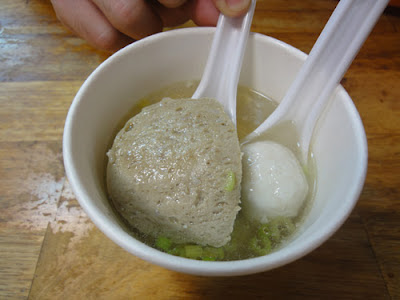
-
-
Jiufen "During the first years of theQing Dynasty, the village here housed nine families, thus the village would request "nine portions" every time shipments arrived from town. Later Jiufen ("Nine portions" in Chinese) would become the name of the village.
Jiufen was only an isolated village until 1893, when gold was discovered in the area. The resulting gold rush hastened the village's development into a town, and reached its peak during the Japanese rule. Many present features of Jiufen reflect the era under Japanese colonization, with many Japanese inns surviving to this day. During World War II, a POW camp named Kinkaseki was set up in the village, holding Allied soldiers captured in Singapore (including many British) who worked in the nearby gold mines. Gold mining activities declined after World War II, and the mine was shut off in 1971. Jiufen quickly went into decline, and for a while the town was mostly forgotten." Source from Wiki.
It took about 30-45 minutes drive from Yehliu to this small town - Jiufen. Drove through the winding roads and at last we reached the busy and sharp corner where the Jiufen Old Street (�份�街) located.The entrance of the Jiufen Old Street (�份�街) -
No Balls, come to Taiwan Jiufen see so many kind of Balls.
You named it they got it.

-
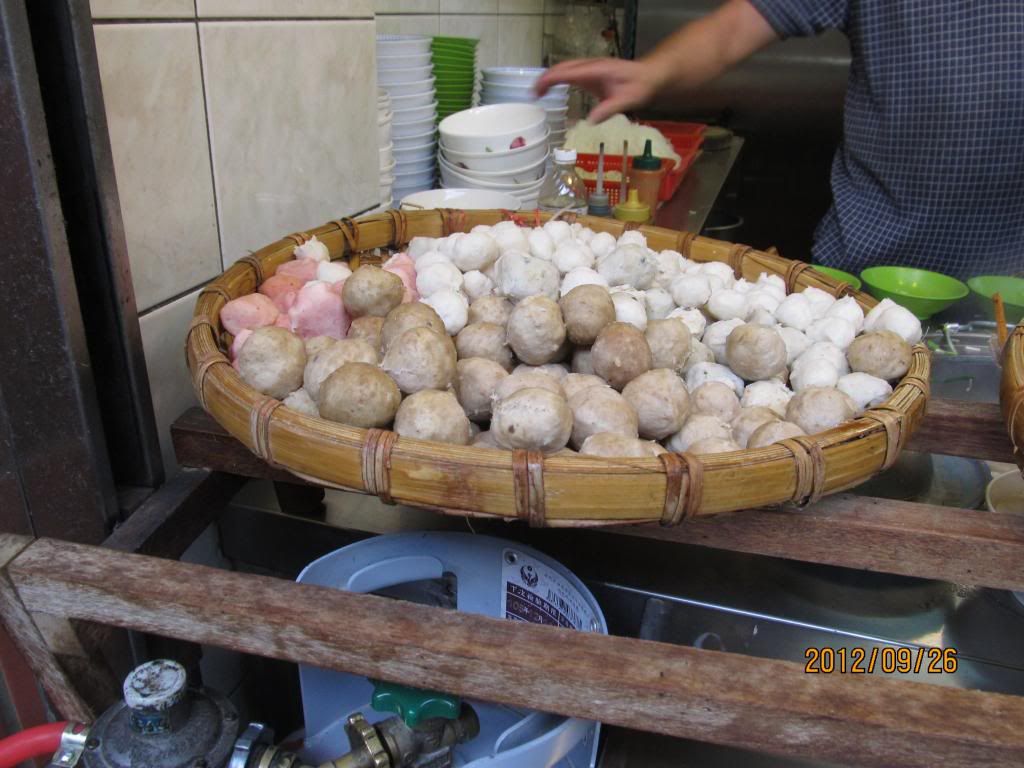
-
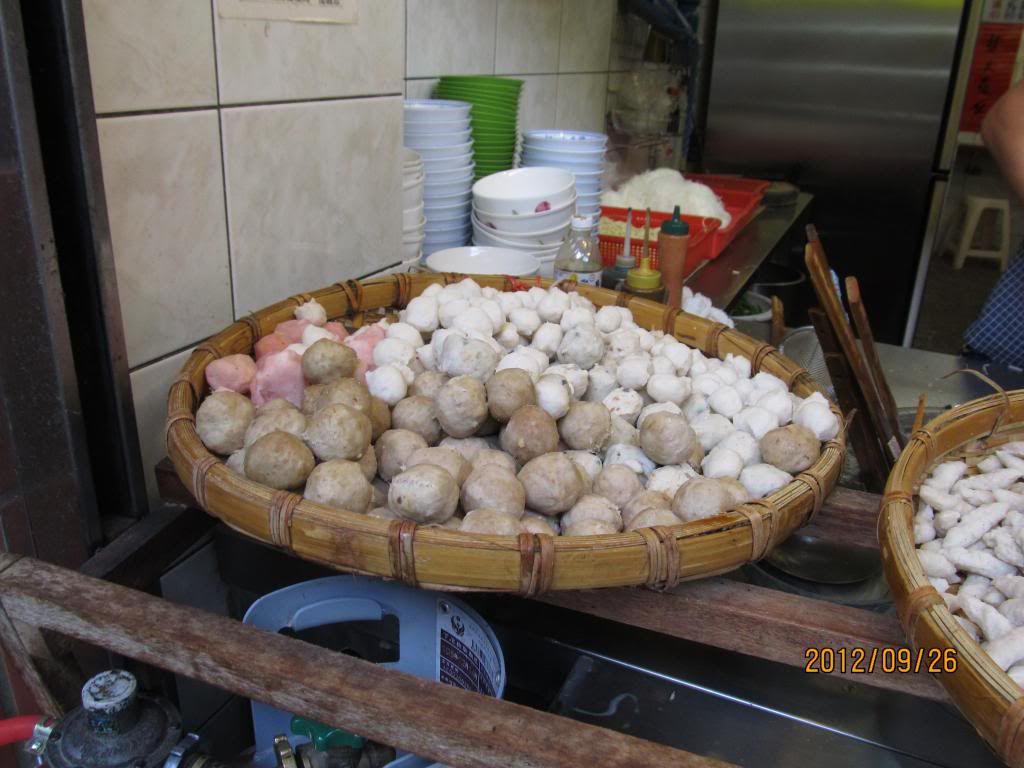
-
What about this QQ sshark meat long balls.
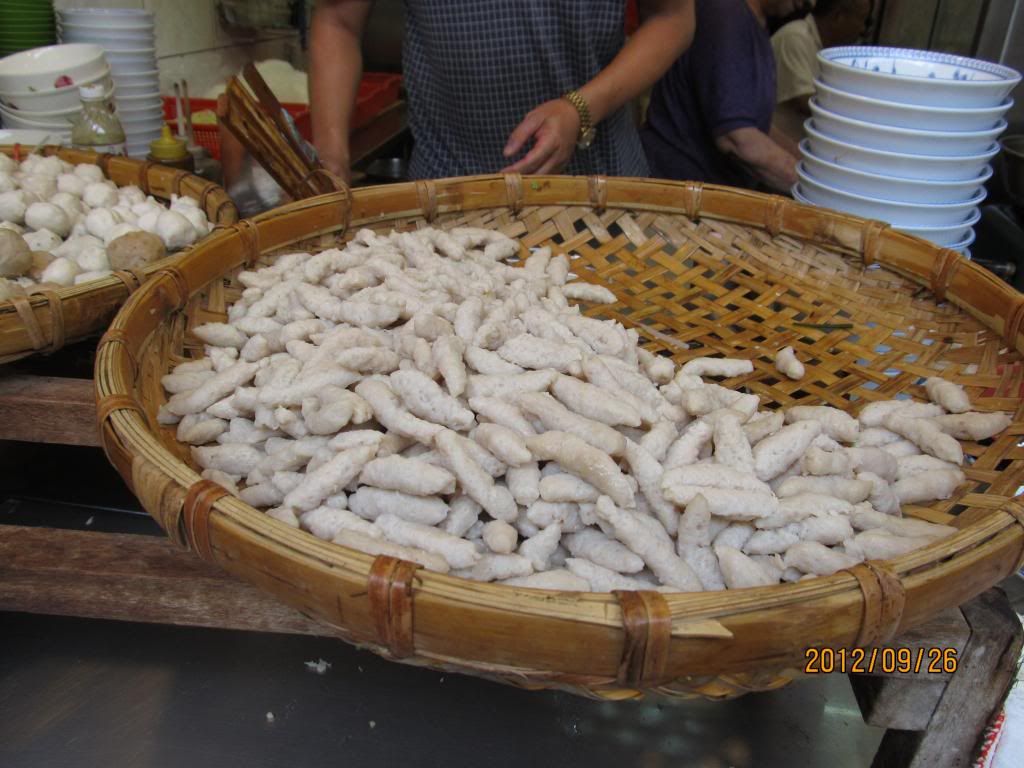
-
So this is the ones.
Noted it down, no need search for high and low when you are at Jiufen.
The first local speciality we tried was fish ball. The shop is located at the beginning of the street and you will see a long queue. We tried a variety of fishballs æ··å�ˆå››ä¸¸ (Fuchow ball ç¦�州丸, fish ball éšä¸¸, pork ball 貢丸, cuttlefish ball 花æž�丸), one of which is the stuffed Fuchow type, which has lots of meat stuffing in this version. All were really good, nice and bouncy, tasty. The lu rou fan 滷肉飯 (pork rice) has a good mix of lean meat and fats, tasty.
ä¹� 份張記傳統éšä¸¸ Jiufen traditional fish balls. å�°åŒ—縣 瑞芳鎮 ä¹�份基山街23號, 23 Jishan st. (the one with the yellow sign)
Up next was Juifen old noodle shop �份�麵店 which is famous for its beef noodles. We all didn't like it and the wonton noodles as they were quite bland and forgettable.
�份�麵店 Jiufen old noodle shop. �北縣 瑞芳鎮 �份基山街45號, 45 Jishan st.

